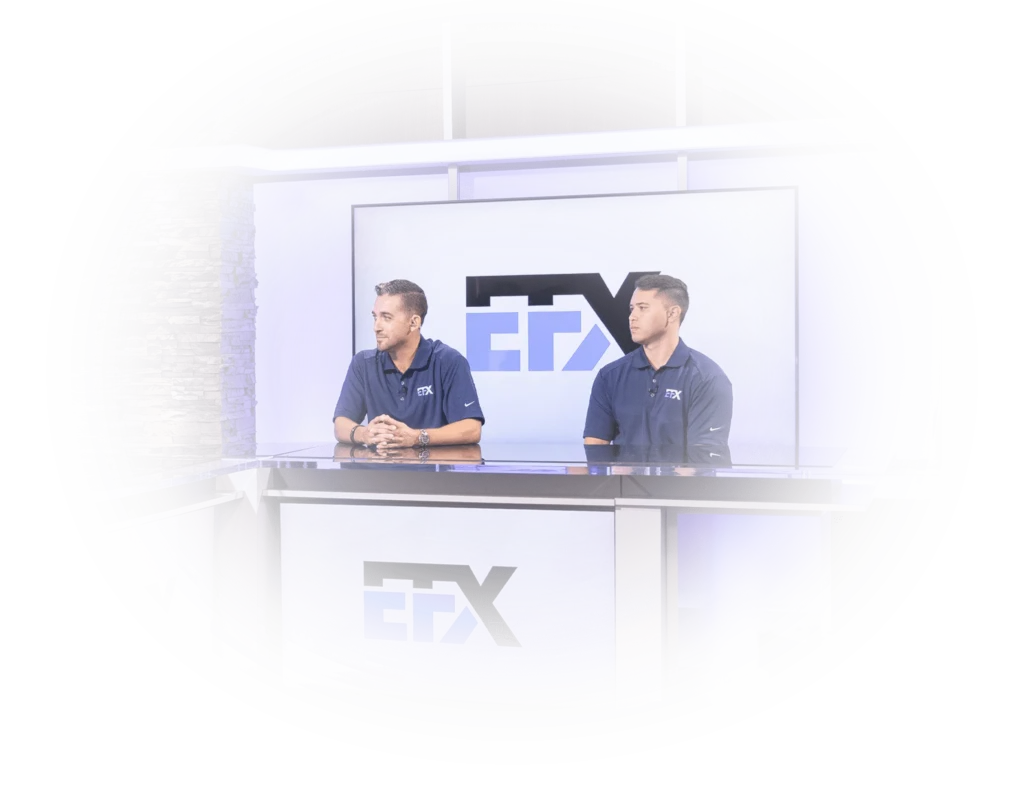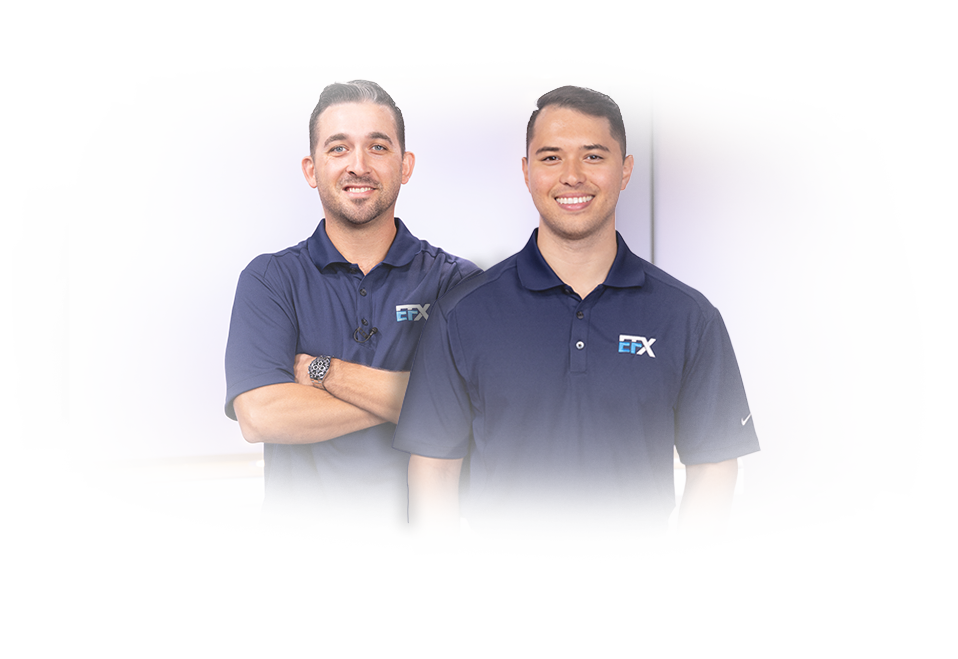Forex Trading Education: Simple Overview & Market Insights





You don’t need a finance degree to start learning forex trading, but you do need patience, structure, and a willingness to understand how the market actually works. Forex education isn’t about memorizing charts—it’s about learning how currencies move, how to think in terms of probabilities, and how risk fits into every trade. The goal is to simplify without oversimplifying, giving new traders a foundation that’s practical and easy to apply in real-world conditions.
At its core, forex education covers how currency pairs and pips function, what leverage really means, and how U.S. regulations shape retail trading. Smart beginners start with a demo account to test strategies safely, then move to small live trades with strict stop-losses. Following NFA and CFTC guidelines helps protect you from overleveraging and keeps your trading aligned with U.S. compliance standards. No system removes risk completely, and losses can exceed deposits. Educational content only.
Forex Trading Education Basics For Beginners
What forex trading is and how currency pairs work
Forex, or foreign exchange, is the market where currencies are bought and sold for trade, investment, and speculation. Currencies trade in pairs, like EUR/USD, where the first is the base and the second is the quote. If EUR/USD is 1.2000, one euro costs 1.20 U.S. dollars. The smallest price change is often a pip, typically 0.0001 for most major pairs [3].
Key terms explained simply
- Bid/Ask. What buyers will pay versus what sellers accept. The difference is the spread.
- Pips. Tiny price steps. A few pips can be the difference between profit and loss [3].
- Leverage. Borrowed exposure that can magnify gains and losses. Margin is the cash you post to hold a position [3].
- Lot size. Trade size. Standard, mini, micro, and nano lots help right-size risk for account size [3].
- Sessions. Sydney, Tokyo, London, New York. Liquidity and volatility change as sessions overlap [3].
How forex fits within the financial market
The forex market operates 24 hours, five days a week, and remains the most liquid market globally. As of 2025, daily global FX turnover has climbed into the multi-trillion range, with the U.S. dollar involved in the majority of trades, reflecting its role in trade, finance, and reserve management [4].
Learn Forex Trading Step By Step
Select a regulated broker in the U.S.
Choose a broker registered with the CFTC and a member of the NFA. Favor transparent pricing, strong disclosures, and platforms that don’t promise guaranteed returns or pressure quick decisions. Regulation supports fair dealing and clearer risk controls for retail clients [6].
Practice on a demo then start small live
Use a demo account first to learn the platform, test strategies, and track performance without financial risk. A common approach is to risk 1 to 2 percent per trade once live. With a 1,000 dollar account, that’s 10 to 20 dollars per trade, helping keep losses contained while you learn [1][2].
Try an online forex trading course for beginners
Structured courses and communities help make concepts stick. Options range from free beginner schools to paid programs with simulations and live rooms. BabyPips offers accessible lessons. Newer platforms and academies add interactive modules and weekend intensives for hands-on practice [8].
U.S. Forex Market Insights For 2025
Why the U.S. dollar remains central
The dollar’s role in settlement, reserves, and trade keeps it on one side of most FX transactions. Even when rates or fiscal narratives shift, the dollar’s network effects mean deep liquidity and tight spreads compared with many alternatives [4].
Retail and institutional participation today
Institutional desks, banks, and hedge funds anchor liquidity, while retail participation has grown with mobile platforms and lower capital thresholds. U.S. daily volumes have risen over the past year across spot and swaps, mirroring broader global activity and technology-driven access [4].
Technology trends improving accessibility
Risks And Compliance Essentials For U.S. Traders
Leverage risk and position sizing basics
High leverage cuts both ways. Overexposure can quickly deplete a small account. Position sizing links your stop distance to a fixed dollar risk so a single loss doesn’t dominate the account. Avoid correlated trades that stack the same macro risk [1][2].
NFA CFTC and FINRA rules to know
U.S. retail forex is governed by CFTC rules and NFA membership standards, with disclosure, AML/KYC, and conduct requirements. FINRA communications rules focus on fair and balanced content for firms interacting with the public. Brokers must register and present clear risk statements [6].
Balance opportunities with risk disclosures
- Forex trading is speculative and carries a high risk of loss. Not all investors are suitable.
- No strategy or tool can guarantee profits. Past performance does not guarantee future results.
- Educational content only. Not investment advice or a solicitation to trade.
FAQs
What is the best forex education?
The “best” education fits how you learn and your schedule. Many traders start with free structured courses, then add a paid program with practice modules. Look for clear explanations, risk management focus, and regulated context. BabyPips and reputable academies are common entry points [8].
How can I teach myself to trade forex?
Follow a simple path. Learn core terms and pricing. Open a demo for several weeks. Build a plan with risk limits and a few basic setups. Track results in a journal and avoid overleveraging. Start live with micro positions and keep risk per trade small [1][2].

Summary And Next Steps
Educational only not financial advice
This guide focuses on forex trading education. It does not make recommendations and should not be used as advice. Trading involves real financial risk.
Past performance does not guarantee future results
Set a plan, learn on a demo, then start small with clear risk caps. Use regulated U.S. brokers and maintain position sizing rules. If you want structured learning, explore beginner courses and keep decisions grounded in balanced risk disclosures [1][2][6][8].
Start with a plan demo practice and risk limits
This educational article synthesizes current U.S. retail forex rules, risk disclosures, and beginner best practices. Regulatory and market structure facts reference public materials from U.S. agencies and industry resources updated within the past 12–18 months where available. Strategy guidance reflects common practices for small accounts and part-time traders. Always verify broker status and regulatory updates before acting.
References
- OpoFinance. How to trade in forex with 1000 dollars?
- Investopedia. How Much Trading Capital Do Forex Traders Need?
- Patrick Wilson Official. Forex trading for beginners.
- Bank for International Settlements. Global FX trading hits $9.6 trillion per day in April 2025.
- GlobeNewswire. Foreign Exchange Markets trends and forecasts, 2025–2030.
- National Futures Association. Forex Transactions Regulatory Guide.
- Reuters. Global currency trading closing in on $10 trillion a day.
- GlobeNewswire. Forex University launches beginner platform.



Take Your Trading to the Next Level with EFX Algo
Smarter Execution, Data-Driven Decisions, and Full Control Over Your Strategy.
